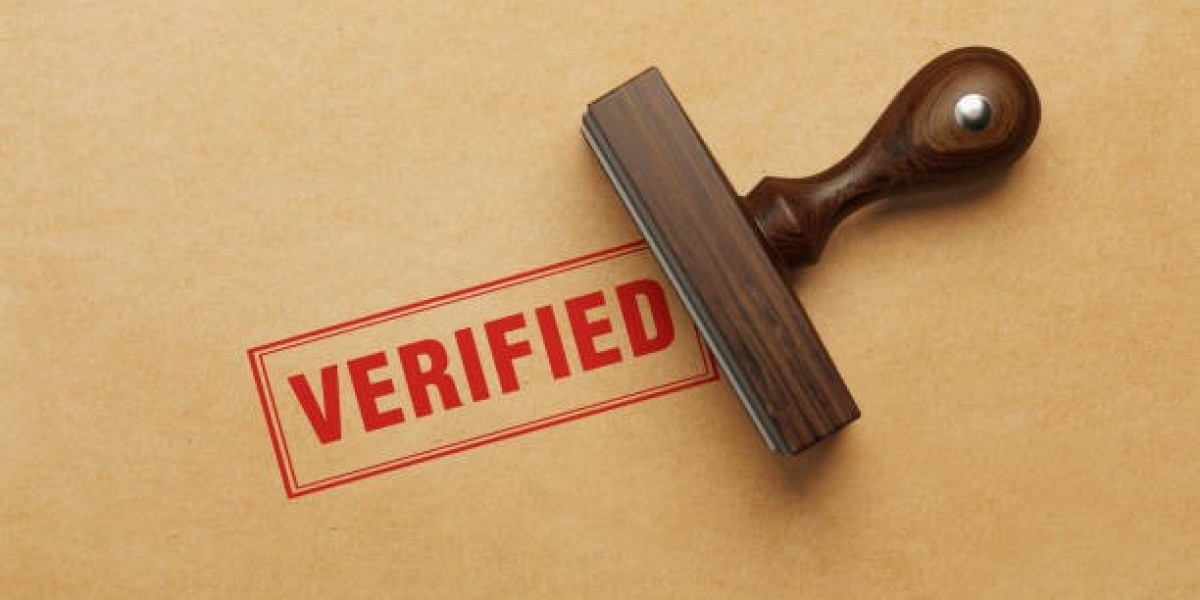Demand for online services is rising with the advancement in technology. It requires the implementation of identity verification measures in order to prevent major security problems such as identity theft or fraud. As per a survey from 2021, identity theft through fake documents has increased by 79%.
Identity documents are significant in ensuring the identity of customers in the corporate and financial sectors. Therefore, organizations now implement various advanced strategies to authenticate the details of their users. Hence, procedures like forensic document verification are crucial to prevent incidents of identity fraud.
The Advent of Forensic Document Verification
Humans have been engaged in fraudulent activities since the dawn of human civilization. Whether it’s an alteration of seals, signatures, or copying handwriting, such issues have existed for ages. To prevent all these illegal activities and fraudulent activities, law enforcement agencies come up with mitigation strategies.
Roman Emperor Justinian established Justinian Code in 539 AD. That code set the basis of forensic document verification, where judges were supposed to engage specialists who could check for counterfeiting.
The incorporation of scientific laws and regulations in the investigation of documents is known as forensic document verification. Presently, document forensic analysis is widely used globally and helps secure businesses from financial fraud and identity theft.
How Do Authorities Work to Prevent Document Frogery?
Since identity theft is nowadays more common due to advancements in the digital world, traditional document verification techniques are no longer effective. Therefore, forensic document examination plays a vital role in achieving the security targets of the financial and corporate industries.
Law enforcement agencies work dedicatedly and take extraordinary measures to fight document forgery by regulating the digital banking sector.
Document forensic analysis is an efficient method to identify criminal activities related to financial and identity fraud. Such innovative methodology is functional in almost all online sectors to prevent them from high risk of fraud.
Rise in Cases of Documents Forgery
Document fraud has become quite common nowadays hence affecting businesses and financial institutions worldwide. Organizations such as banks, insurance companies, and immigration departments are more at risk of such fraud. Various cases have been reported globally where hackers attempted to exploit security systems using high-end forgery techniques.
Considering this, global organizations, including Interpol and FTC, are working persistently to highlight the significance of document forensic validation.
How Forensic Document Exams Work to Cease Frauds
Forensic document examination includes the implementation of various techniques to prevent activities like financial scams and identity theft. In the US, 68% more cases of document forgery were reported in 2021 than in past years. Therefore, in order to ensure the smooth onboarding of customers, forensic document verification is imperative. Here’s how different organizations implement authentication measures to prevent identity theft:
Fraud in Banking
Banks are one of the primary organizations that experience document fraud, including credit card theft and forged checks. False checks cause substantial financial losses. Criminals effectively drain other people’s accounts by tricking the banks with falsified signatures.
Additionally, hackers also take advantage of credit card schemes and various phishing tricks to steal the identity of clients. A highly effective way to combat financial fraud is via forensic document verification to protect the identity of clients.
Immigration Frauds
An increasing number of immigration fraud cases have been reported in countries like UK, USA, and Canada. Fraudsters take advantage of system loopholes by presenting fake tax returns and educational documents. Forensic document verification allows immigration organizations to reduce visa scams.
Frauds in Insurance
Insurance firms are easy targets for criminals since they give them a chance to file fictitious medical or accident invoices demanding enormous sums of money. The best way for insurance firms to examine provided receipts from clients is forensic document verification. The implementation of forensic document verification techniques assists in deterring criminal activity and protecting the private data of knowledgeable users.
Significance of Training in Forensic Document Exam
Forensic document verification is a specialized sector that requires extensive and professional training of forensic document examiners. Document examiners go through extensive training for accurate analysis of documents. Examiners' expertise ensures that document examinations are conducted accurately, reducing the risk of false conclusions and preventing identity theft.
Final Thoughts
In the present digital age, where identity fraud poses significant risks, forensic document verification is crucial to preventing such criminal activities. Executing advanced forensic document examination can help organizations in the financial and corporate sectors fight document forgery effectively. However, the growing collaboration between law enforcement institutions, global organizations, and forensic document examiners empowers security measures. With identity theft on the rise, it's more important than ever to have measures in place that can verify documents and protect businesses from fraud. Fortunately, forensic document verification offers a reliable and efficient solution to these challenges.
 " class="wow_main_float_head_img">
" class="wow_main_float_head_img">






